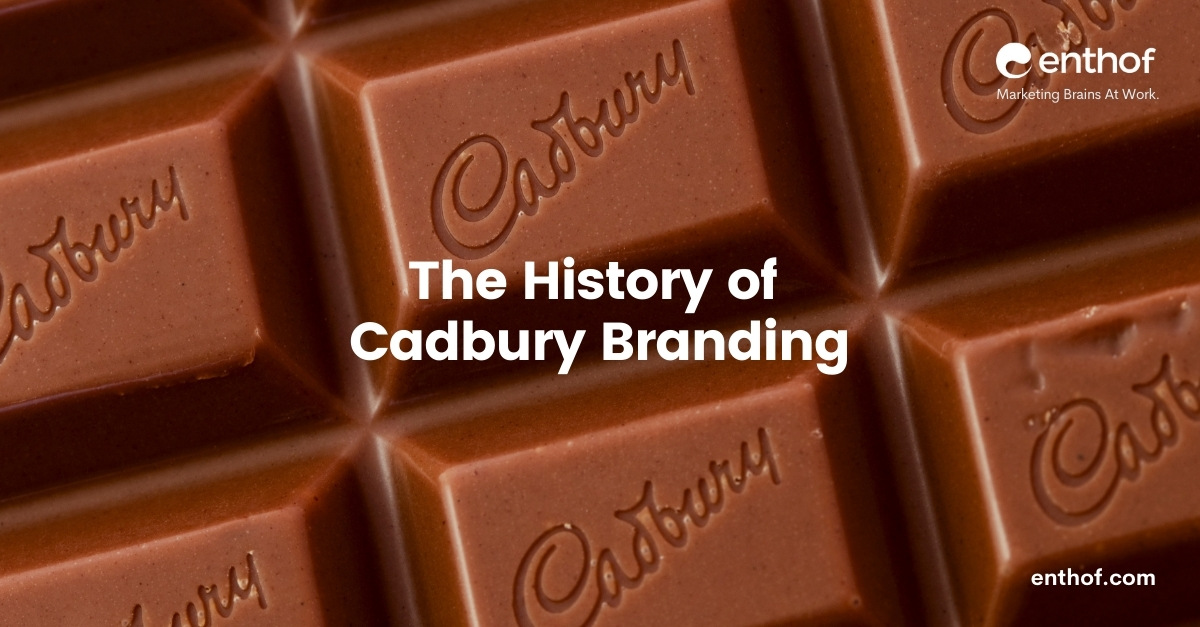How to Apply Consumer Behaviour to Marketing Strategy?
Let’s take a closer look at the relationship between consumer behaviour and marketing methods.
#1. Use Laddering Technique for Consumer Behaviour
Laddering is a technique for encouraging self-reflection on one’s own behaviour and reasons. It helps you to gather important tools for anticipating behaviour and identifying potential new prospects when applied as a method of market research. Therefore, the ultimate purpose of laddering for us is to figure out:
- Attributes are the characteristics of a product or service that influenced a buyer’s decision.
- Values are the factors that influence a customer’s decision.
Accomplish this by posing the following key questions:
- “What factors influenced your decision to purchase this product or service?” to determine the characteristics of the product or service that influenced the purchasing decision
- “What makes it good or terrible that…” to determine the consequences of each of these influencing properties
- “How significant is this to you/your company?”. Or “What does this have to do with your basic business values?” to determine the factors that influence the customer’s decision and how each consequence affects the respondent.
#2. Use Segmentation
Examine segmentation via customers behaviour patterns as they interact with a product or brand or make a purchasing choice. This separates them into groups based on this information.
The goal of segmentation is to figure out how to meet a group of customers’ specific requirements or goals, find ways to improve their customer journeys, and calculate their potential value to your company.
Consumer behaviour can be classified based on a variety of factors, including:
- Consumer attitudes, preferences, intentions, and decisions when purchasing a product or service are referred to as purchase behaviour.
- Benefits sought: What the buyer expects to get out of buying the product or service, and why they are looking for it in the first place.
- Customer journey stage: The customer journey is divided into five stages, beginning with their first engagement with your brand (awareness) and progressing to consideration, decision, retention, and advocacy.
- Usage: How the consumer uses the product or service, including how frequently, when, and where.
- Occasion or timing: Occasions might suggest purchasing trends for a single buyer that repeat themselves over time. Birthdays, anniversaries, vacations, monthly expenditures, and everyday habits are just a few examples.
- Customer Satisfaction: An indicator of how satisfied customers are with a company’s products, services, and capabilities.
- Customer Loyalty: Loyal consumers are people who conduct business with the brand on a regular basis, preferring them to their competition. Positive customer experiences, customer satisfaction, and the perceived value they obtain from the product or service all inspire customer loyalty.
#3. Use Targeting
The process of segmenting customers based on their web surfing habits, as well as data from mobile and physical stores, is known as behavioural targeting. This can include items like a customer’s:
- Visited pages
- Searches carried out
- Clicked on links
- Purchased products
- Purchased location
A corporation can then segment visitors with similar behaviour based on this information. This enables them to create more relevant and thus effective advertising campaigns by tailoring material to the visitor’s browsing or purchasing history.
#4. Use Positioning
The goal of market positioning is to develop a brand’s or product’s image or identity. That way people perceive it in a specific way. It allows you to select a marketing mix that is most appropriate for a target market segment. It also allows the brand to get through the minds of target consumer groups.
A brand’s ability to position itself appropriately is impossible to do without the data gathered from analysing consumer behaviour, because it gives the evidence needed for a company to make the right decisions with the facts to back them up.



